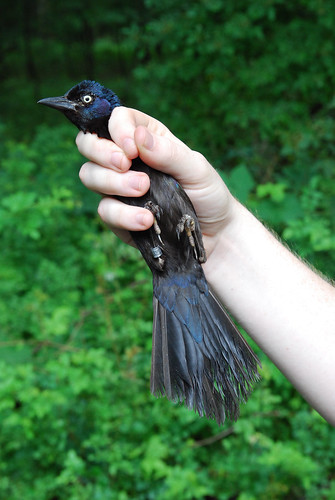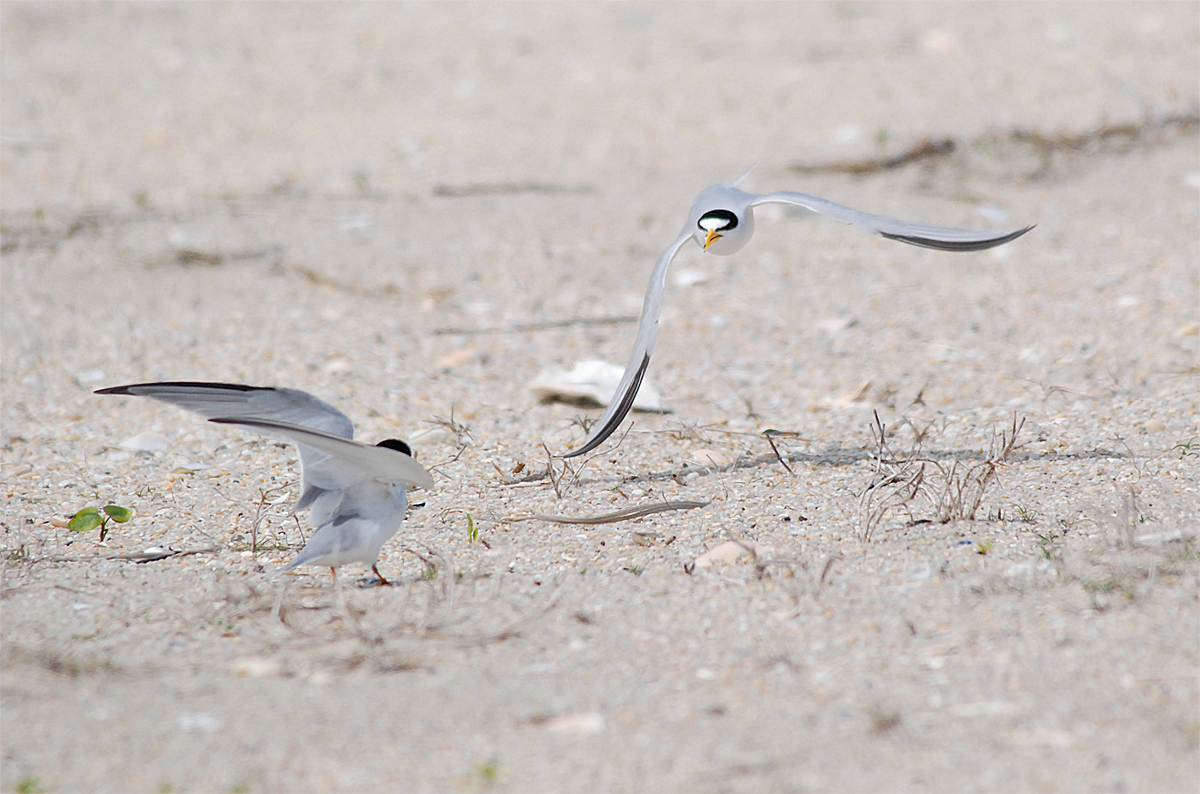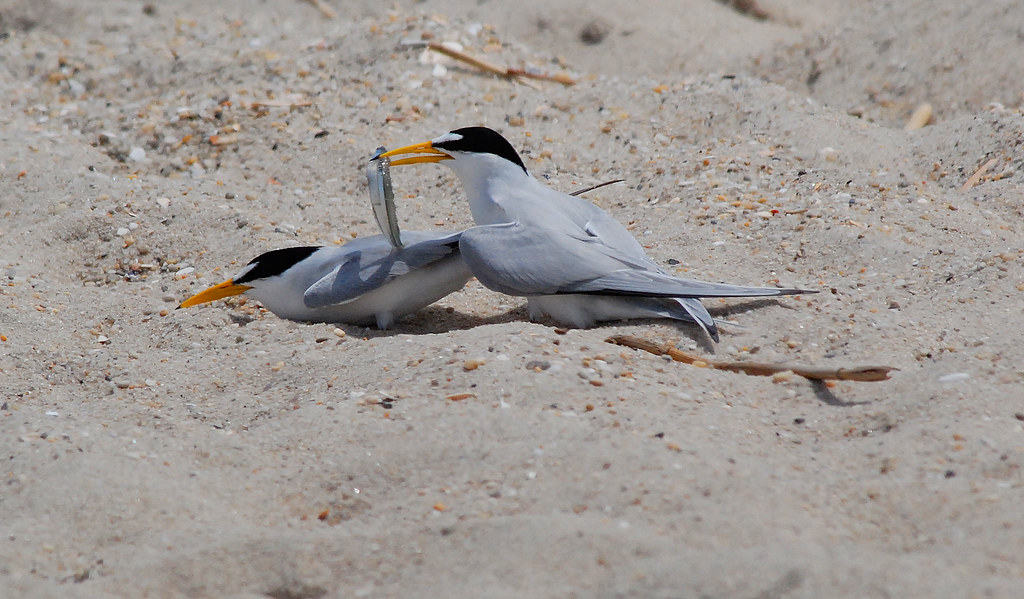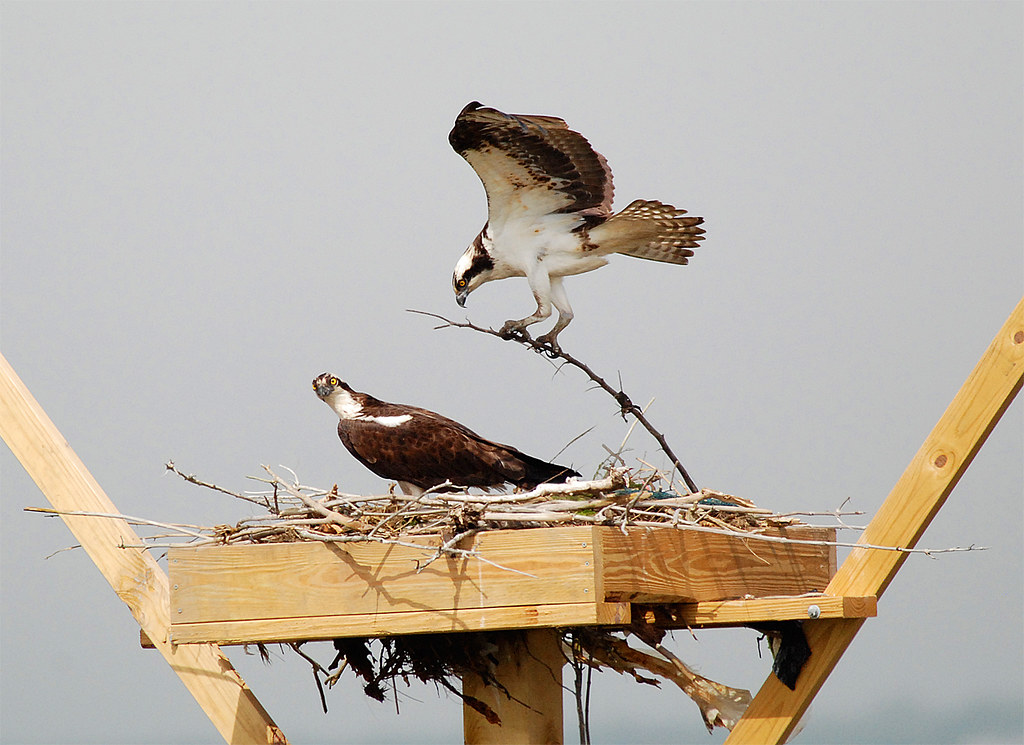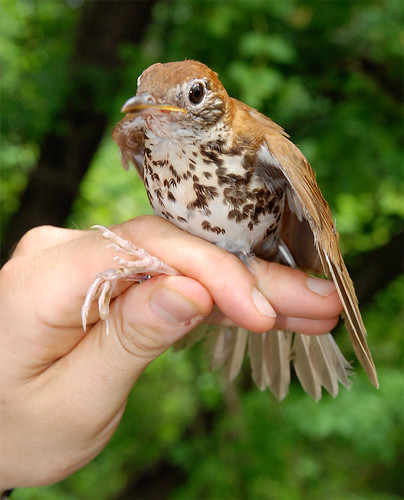On Tuesday, June 9th, at 7pm the New Jersey Audubon Society and the Edison Wetlands Association will lead a dusk hike through "The Diz". Here's some information from the Facebook Event page:
"WildNewJersey.tv to host nocturnal wildlife hike in the Dismal Swamp Conservation Area
New Jersey Audubon wildlife experts are leading a public dusk hike of the Dismal Swamp Conservation Area from Edison Wetlands Association (EWA)’s Triple C Ranch at 7 PM on Tuesday, June 9, 2009. Free and open to anyone who enjoys the outdoors, the event is hosted by WildNewJersey.tv and others and is an opportunity to get a guided tour of “The Diz.” The tour will begin at 206 Tyler Road in Edison.
New Jersey Audubon wildlife experts Nellie Tsipoura and Kristin Mylecraine will explore nature in twilight, as diurnal animals find rest and nocturnal animals start to emerge from slumber and start their nightly hunt for food. Animals such as great horned owls, beavers, red foxes, salamanders, and bats may be spotted. Visitors are encouraged to call ahead to confirm their attendance. This hike is a great opportunity to take photos for the annual Dismal Swamp Photography Contest. Bring your camera and/or binoculars. Wear boots or shoes that can get wet and dirty.
The 1,240-acre Dismal Swamp Conservation Area is located in South Plainfield, Edison and Metuchen, and is home to an estimated 175 species of birds, 25 mammals, and 24 amphibian and reptile species including at least a dozen threatened and endangered species. EWA is a grassroots non-profit organization dedicated to protecting human health and the environment in central New Jersey. WildNewJersey.tv is the only daily nature and conservation news source in New Jersey, serving as the most comprehensive online guide to New Jersey wildlife news and videos."
Should be a good time if thunderstorms stay away for long enough. If you haven't been out much this spring, now is your chance! I'll be there hoping for a close encounter with some owls.


